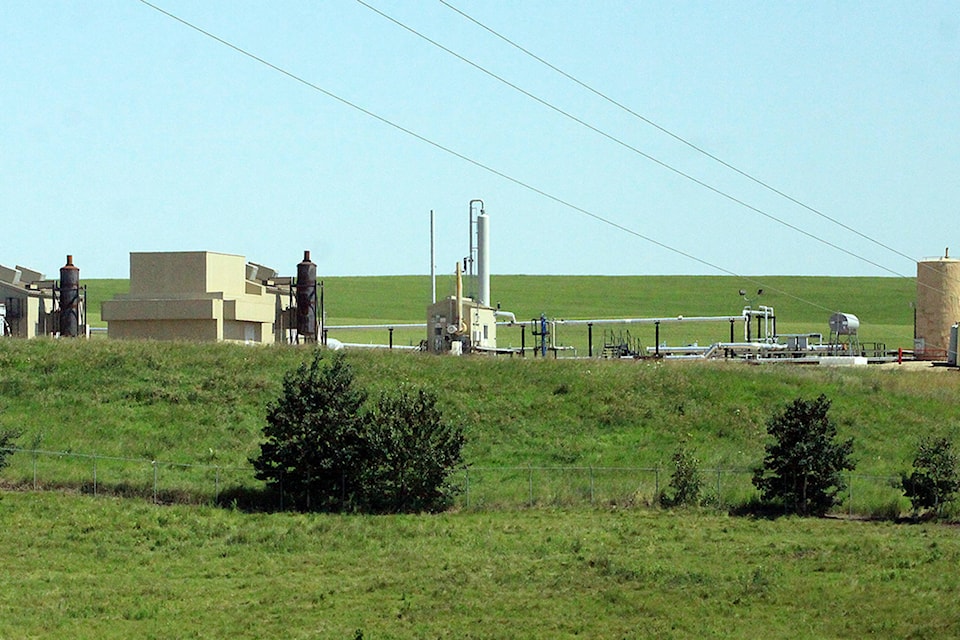Proposed changes to the property assessment for oil and gas operations in the province could mean a big tax jump for rural landowners.
When the province released its review on July 28, outlining four scenarios that would reduce the overall assessment values for the energy sector between seven and 20 per cent, Alberta’s rural municipalities — including Ponoka County — were left reeling.
“The county stands to lose between $1 million and $4.1 million in property taxes if this proposal proceeds,” said CAO Charlie Cutforth.
“That’s in addition to the 35 per cent — about $500,000 — reduction on shallow gas property taxes that was imposed by the province last year.”
In terms of the potential tax hike for residential and farmland properties, it could range anywhere from 34 to 150 per cent. Currently, the county receives about $2.6 million in residential taxes (about $511,000 on agricultural land and $1.4 million from its commercial properties).
For the county, the concern is as much on the possible impact this will have on its other ratepayers as it is on supporting the energy sector that operates here.
“We certainly support creating a sustainable oil and gas industry but, for smaller municipalities, I don’t think it has gone over as the province had planned,” Cutforth said.
“Our rate for that industry is 10.8 mills. There are 42 counties that are higher than us, some very significantly.”
Both Cutforth and Reeve Paul McLauchlin were at an Aug. 11 meeting with area MLAs Ron Orr and Jason Nixon, the minister of environment and parks, where both MLAs explained the review results came as a shock to them as well.
“The reality is this review was initiated by energy companies through the Canadian Association of Petroleum Producers as they felt they were being gouged,” said Cutforth.
“I can certainly sympathize somewhat with them on that, given there are counties sitting at mill rates from 20 to 30 to go along with very healthy reserves — ranging from $100 to $250 million.”
However, he added that the proposal will likely only benefit a select few and leave out a lot of the smaller companies.
“It really seemed like the review is penalizing us for being good conservatives — saving and not having any debt,” Curforth noted.
“And when you give it a second look, this proposal doesn’t solve the issue which includes being fair and controlling the changes in tax rates across the province to be more equitable.”
On the positive side, the county’s five per cent discount offer to energy companies was a tremendous success — netting revenue that leaves the county with around $1 million less in outstanding taxes than the $4.2 million as of the end of 2019.
“The companies that could pay did, taking in more than $6 million from energy companies. It was definitely worth it and puts us in a better financial position than we were looking at a couple of months ago,” he said.
“Only one — Alphabow — has refused to pay and isn’t paying anyone.”
Another positive is that the province has backed away from its end of August deadline for feedback and the 2021 implementation.
“At the meeting, Nixon said there will be another look taken at this and now there is no timeline,” Cutforth said.
